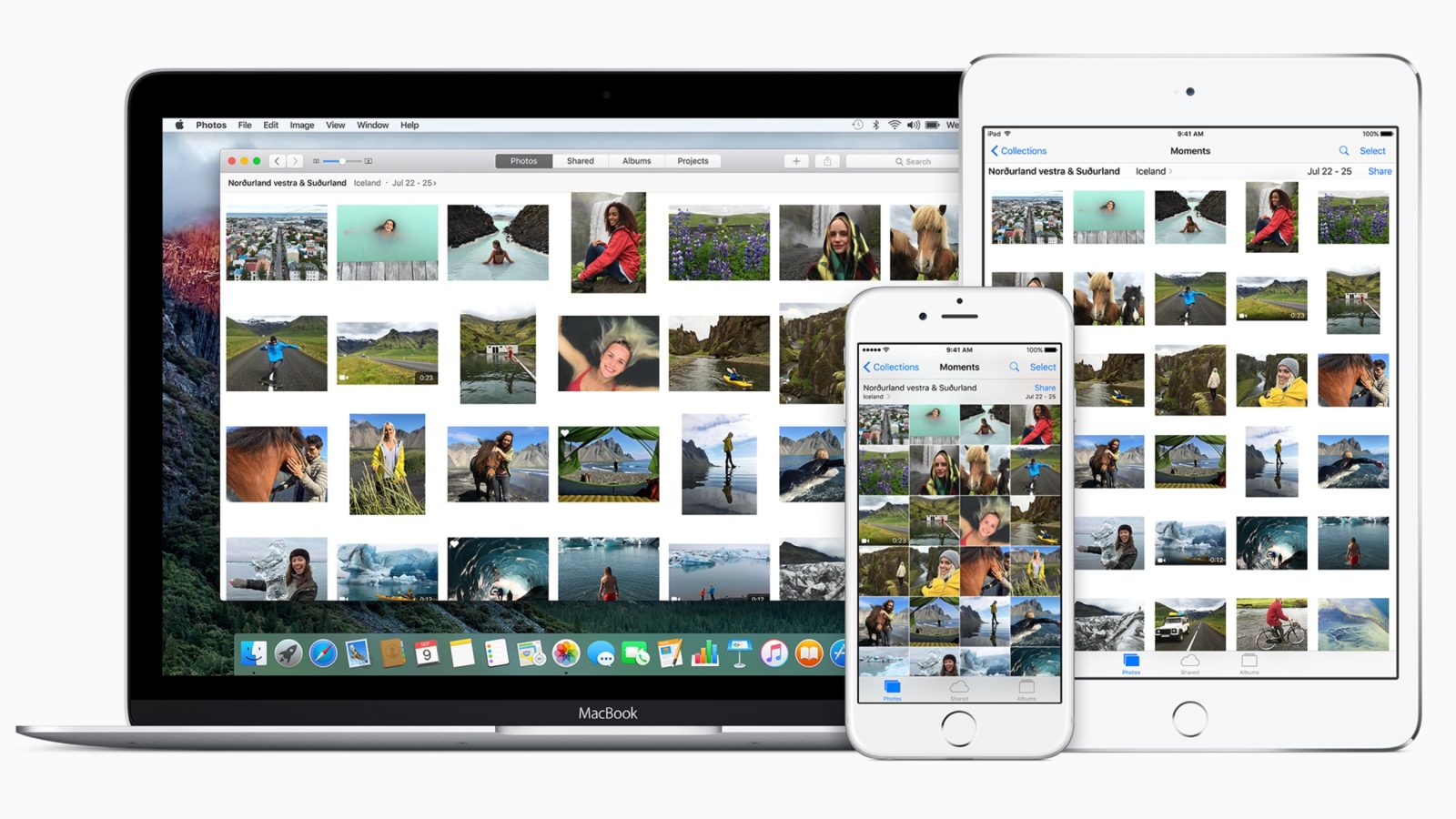Have you noticed that there is not enough free storage on your MacBook’s drive? If so, do not expect that this problem will solve itself.
- How To Make Space On Mac
- How To Free Up Storage On Mac System
- How To Free Up Storage On Mac Laptop
- How To Free Up Storage On Mac Air
Despite its many advantages, Macs are not the best when it comes to total available storage. The issue becomes even more problematic if you purchase a cheaper model with a small solid-state drive.
Some might think that lackluster drive space is enough to avoid MacBooks altogether. Well, the reality is quite different. Apple computers continue to be quite popular, and the lack of drive space is not enough of a problem to disrupt the status quo.
To find these options, click the Apple menu then About this Mac, select Manage, then Storage Tools. There are four options: Store in iCloud-Free up space on your computer by storing files in iCloud. This option moves items off your storage drive and into your Apple ® account in the cloud. Optimize Storage-This option deletes movies and TV. Free Up Space on MacBook Air or MacBook Pro ( 12 Easy Ways) 1. Delete Large Files on your Mac. Instead of deleting a hundred small files and images, first of all, let us go for the big fish. Click on the Apple logo from the upper left and select About This Mac. Now, click on Storage and then click on Manage. Click Documents. Step 1: Select a Location. Install and launch Recoverit 8.0 on your Mac, whenever you wish to get back your lost files. On its home, you need to select a location to scan. This can be Mac's entire storage, a partition, or even a particular folder. You can browse to a specific location of your choice as well.
There are plenty of ways to deal with storage problems on a computer. If you wish to know how to avoid cluttering your Mac and have it run optimally, the ideas below should come in quite handy.
Get Rid of Old Apps
Let’s start with applications. Since there are so many great apps on the official Mac App Store, you must have installed quite a few yourself. However, there should be some applications that you have not used for a while.

If so, do not hesitate and remove them from the MacBook. Since your goal is to free up the drive’s space, the data you no longer need should go. And in case you decide to use a deleted application in the future, you can download it later.
Keep Tabs on Language Files
Some apps come with redundant language support. Since you need only the English version and maybe one other language, keeping files that translate software into 60 or more languages makes no sense, right?
Look through the applications you have installed and make sure that there is no redundant language pack data. If you find any, do not hesitate and remove them from the system.
Avoid Malware
Cybersecurity threats may find their way into your MacBook and start consuming drive space without you realizing what is happening. In some cases, even reliable antivirus software is not enough to prevent the issue.
Be more mindful about what links you click. It might be worth installing an ad blocker browser extension to prevent aggressive pop-ups and other advertisements that might redirect you to a malware-infected landing page.
Using a virtual private network is another great piece of advice. VPNs cost only a few dollars a month, but they offer both privacy and security online.
Remove Temporary Data
According to this original post about lacking storage space to install macOS Big Sur, getting rid of temporary system storage is one of the most effective methods to free up the drive’s space.
Also, you do not need to remove this data manually. Instead, get a cleanup utility tool like CleanMyMac X. The software removes unwanted system junk automatically, saving you time.
And since you will want to get rid of app cache, plugins, extensions, old system backups, and other unnecessary data regularly, investing in such a tool is worth it.
Delete Downloads
Downloads might take more drive space than you expect. Some people forget about downloading files online and leave them in the download folder. Email attachments are a good example of this. By default, email attachments you double-click on get saved on the computer.
There are two ways to approach the download folder. The first is two remember to delete its files regularly. The second is to switch the default download location.
You could save downloaded files on the desktop. Doing so would let you notice the files and remove them when they become useless. After all, you do not wish to clutter your Mac’s desktop with random documents or shortcuts.
Invest in an External HDD
An external hard drive costs about 50 dollars at most. It is a neat investment that you can use to free up the drive’s space. Keeping data on a hard drive is quite common among Mac owners.
Another advantage of having an external HDD is the option to back up the MacBook’s data by combining the device with Time Machine.
Transfer Files to iCloud
Similar to an external hard drive, you could also transfer files to iCloud. The default service plan offers five gigabytes of storage with an option to extend it by paying a monthly fee. There are three different available plans: 50GB for one dollar a month, 200GB for three dollars a month, and 2TB for ten dollars a month.
Stick to Streaming for Media Consumption
If movies, TV shows, and music are causing you the most problems because you like to hoard media files on the computer, why not take advantage of the available streaming services?
Netflix, Disney+, and Hulu are just a few examples of streaming services that offer hours of entertainment. Subscribing to such platforms will help you free up the MacBook’s drive space and provide a more convenient way to consume media.
After drinking your first cup of coffee, it is time to start your day with your computer. However, the popping-up message says “Your disk is almost full”. You need to optimize storage to save space on Mac. The dreadful Mac storage is almost full message make you realize that how much stuff stored on your Mac. Well, you may get shocked that “Other” takes up the most storage space.
What is Other on Mac storage? It is easy to understand about “Audio”, “Movies”, “Photos”, “Apps” and “Backups”. But what does “Other” mean in Mac storage? Is there any way to clean up Other storage on Mac? Luckily, you can figure out what is Other storage on Mac and how to remove files from Other storage in details here.
- Part 1: What You Need to Know about Other Storage on Mac
- What Is Other on Mac Storage
- How to Check Other Storage on Mac
- Part 2: How to Delete Other Storage to Free Up Disk Space on Mac
- 1. Remove Unwanted Documents to Free Up Other Storage on Mac
- 2. Delete Cache Files in Other Mac Storage
- 3. Clear Large Files and Folders to Clean Up Mac Other Files
- 4. Clean Up App Plugins and Extensions from Other on Mac Storage
Part 1: What You Need to Know about Other Storage on Mac
Let’s solve the first question together. What is Other storage space in Mac OS X? Which category should Other belong to? Just read and get your answer.
What Is Other on Mac Storage
Generally speaking, all Mac files that cannot be divided into “Apps”, “Photos” and other categories are Other files. These are some data types that are stored in Other storage on Mac.
- System and temporary files about macOS, like logs, preferences files and more.
- Cache data from browser, apps, photos, system, etc.
- Documents in pdf, doc, psd, csv, etc.
- Personal information.
- Browser history, cache, downloads and more.
- Archives and disk images in zips, dmg, iso, tar, etc.
- App support, app accessories, iCloud files, screen saver, fonts, updates and other file types not recognized by Spotlight.
How to Check Other Storage on Mac
Part 2: How to Delete Other Storage to Free Up Disk Space on Mac
After knowing what is Other on Mac storage, you need to take measures to delete Other storage on Mac. It is impossible to entirely get rid of Other on Mac. But you can clean up your Mac Other storage in multiple aspects. It is true that you can find and delete each Other file manually. If you want to get a quicker way to clear Other storage on Mac, Aiseesoft Mac Cleaner is your first choice. You can download the free version from its official site.
1. Remove Unwanted Documents to Free Up Other Storage on Mac

Way 1: Manually Delete Other Documents on Mac
Way 2: Quickly Delete Large and Old Files from Other
2. Delete Cache Files in Other Mac Storage
Way 1: Manually Delete Cache files from Other Data Storage
How To Make Space On Mac
Way 2: Quickly Delete User Cache Files to Free Up More Space
How To Free Up Storage On Mac System
3. Clear Large Files and Folders to Clean Up Mac Other Files
Way 1: Manually Delete System and Temporary Files from Other on Mac
Way 2: Quickly Clean System Files and Logs from Other Storage Space
4. Clean Up App Plugins and Extensions from Other on Mac Storage
Way 1: Remove Extensions and Plugins from Safari
Way 2: Remove Extensions and Plugins from Google Chrome

How To Free Up Storage On Mac Laptop
Furthermore, you can also use the built-in app uninstaller, duplicate finder, file manager, unarchiver, file hider, system performance monitor and more here. In a word, you can delete Other on Mac and speed up Mac in clicks. Mac Cleaner is 100% safe to use. You can preview, filter, organize and select any Mac file before cleanup. The whole process will not cause data overwritten. You will never know how fast your Mac computer can be before running Aiseesoft Mac Cleaner. Well, why not free download the program to have a try right now!
What do you think of this post?
Excellent
How To Free Up Storage On Mac Air
Rating: 4.5 / 5 (based on 103 votes)Follow Us on
- What Is the Other on My iPhone and How to Clear Other Data
What is the other on my iPhone? How to clear other space from iPhone? Many of you have the same questions. Read this post and find the answers.
- How to Uninstall Programs on Mac
How do I uninstall a program on Mac? Learn how to remove a program from Mac from this page.
- How to Check and Clean up Disk Space on Mac
How to access and free space on Mac? You can learn how to clean up disk space on Mac from this page.